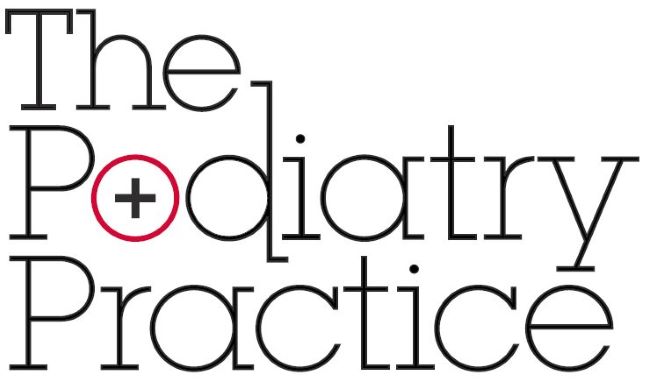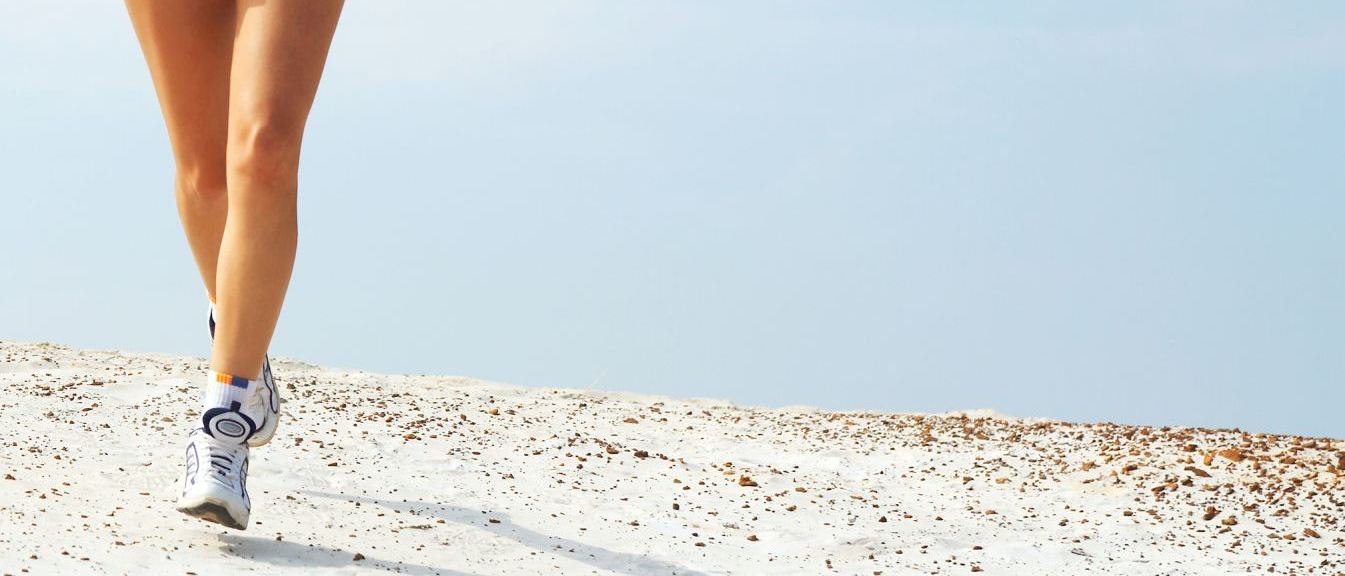With all the preparation that goes into improving fitness, nutrition and getting the right gear before a big run, it’s a wonder that our feet are so often overlooked. If ignored or not prepared for adequately a small problem on a run or hike can turn into a huge issue. If your feet aren’t in working order it can affect your enjoyment, performance and lead to long term damage.
If you’re planning on a big run or doing a lot of walking while traveling we recommend stopping by the clinic for a brief consult and lesson in taking care of your feet.The podiatrists at The Podiatry Practice know all too well what can happen when there is poor foot preparation before getting some high mileage. Past patients have presented with serious blisters, maceration, skin splits, sprains, tendon ruptures and fractures (just to name a few), not to mention some nasty ingrown toenails and infections.
We’ve highlighted some tips on how to prepare your feet before your next big run or hike:
Shoes and Lacing
- Make sure you’ve got the right shoe for the job. What surface will you be running on? Road running? Trail running? This will dictate the material used on the shoe upper and the sole grip.
- Get fitted professionally, your foot shape and size can change even as an adult so it’s important to be remeasured when being fitted. We write out specific footwear referrals to stores so it takes out some of the guess work.
- With high mileage comes high wear. Shoes need to be both maintained and replaced regularly. This is particularly important for heavier and taller people as the shoe materials may deteriorate quicker.
- Avoid putting your runners in harsh heat and harsh cold, this causes them to shrink and harden, respectively. Keeping them inside and try stuffing with newspaper regularly (if wet), this may make them last longer than if you left them out in the elements.
- Believe it or not there is more than one way to tie your shoe laces, if you struggle with heel slip or instability, or just want to know your options we can teach you several techniques as part of your preparation.
Foot Types and Poor Biomechanics
- Your foot and ankle position and function, as well as running style has a significant influence on the type of injuries you may be predisposed to
- Over-pronators (excessive rolling in or flat footed) as well as over-supinators (excessive rolling out or high arched) are two common foot types that are prone to very specific and preventable injury
- A full biomechanical assessment by our podiatrists may be in order if risk factors are identified which may save you a lot of grief down the track.
- We can provide you with gait retraining or tips and tricks to improve your performance and potentially prevent injury
Blister Prevention and Treatment
- Poor fitting socks are a major contributor to blisters developing. We advise patients to avoid cotton socks and getting them wet where possible. It may seem counter-intuitive, but synthetic sock blends are proven to reduce blisters; try to get a form fitting pair with acrylic. It’s best to try a few styles and brands to find the right fit for you.
- Know your skin type, are your feet very dry and cracking? Or are they sweaty and wet or ‘macerated’? We can advise you on medicaments and ointments specific to your feet.
- We can treat callus, fissures and blisters post-run or walk as well, getting your feet back to normal, faster and preventing further complications.
Mid-run Care
- Never ignore a hot spot. These are areas of your feet which feel like they are starting to burn slightly during activity. This is an indicator that a blister may be forming and a warning sign that needs to be addressed, most importantly in long distance runs. We recommend adjusting your shoe or covering the pre-blistering area with Zinc Oxide tape before it turns into a much bigger problem.
- For ultra marathons, we recommend a fresh pair of shoes and socks at a meet point or with your team, it can make all the difference in your performance.
It’s important to see us to determine what your specific needs are before a run or hike and to ensure good foot and lower limb health for all of your future travels. V
This information is intended for educational purposes. Your needs may differ, this information should be used as a guide only.






